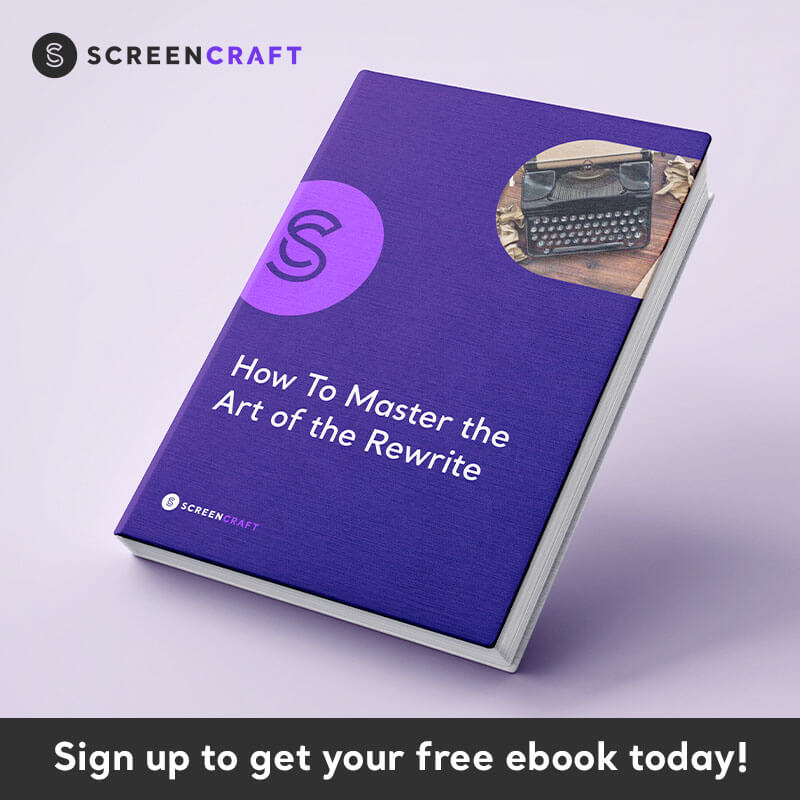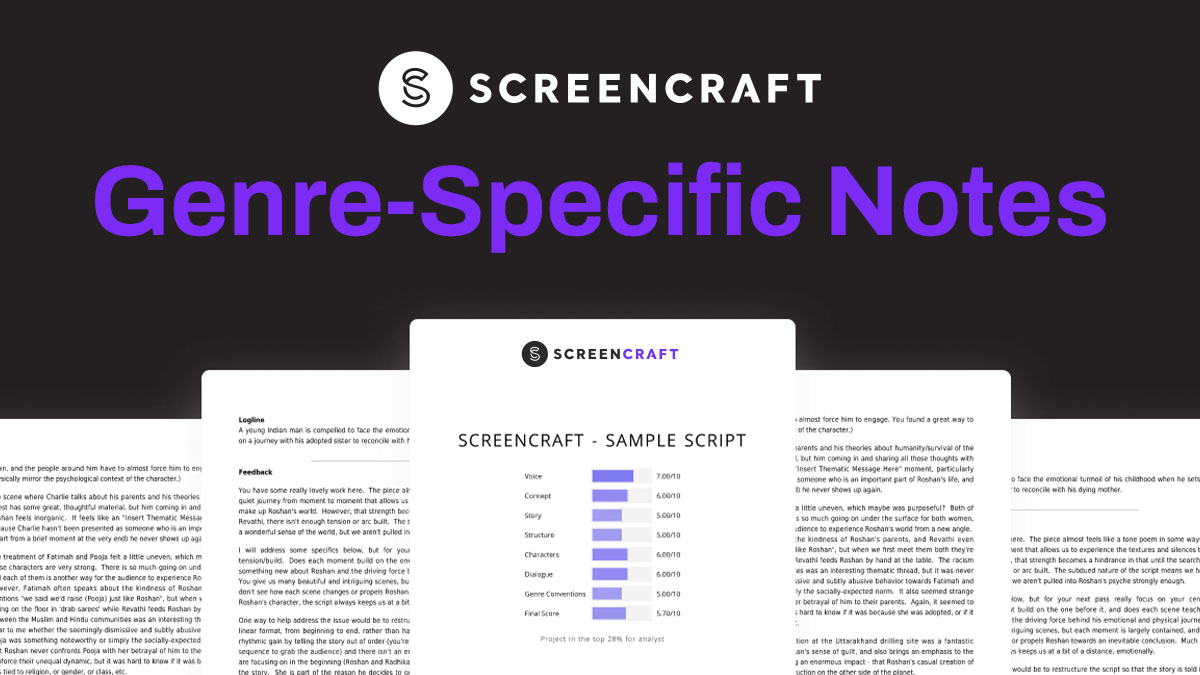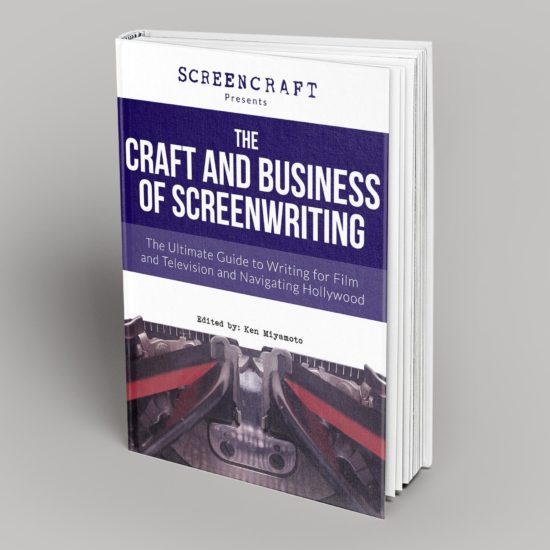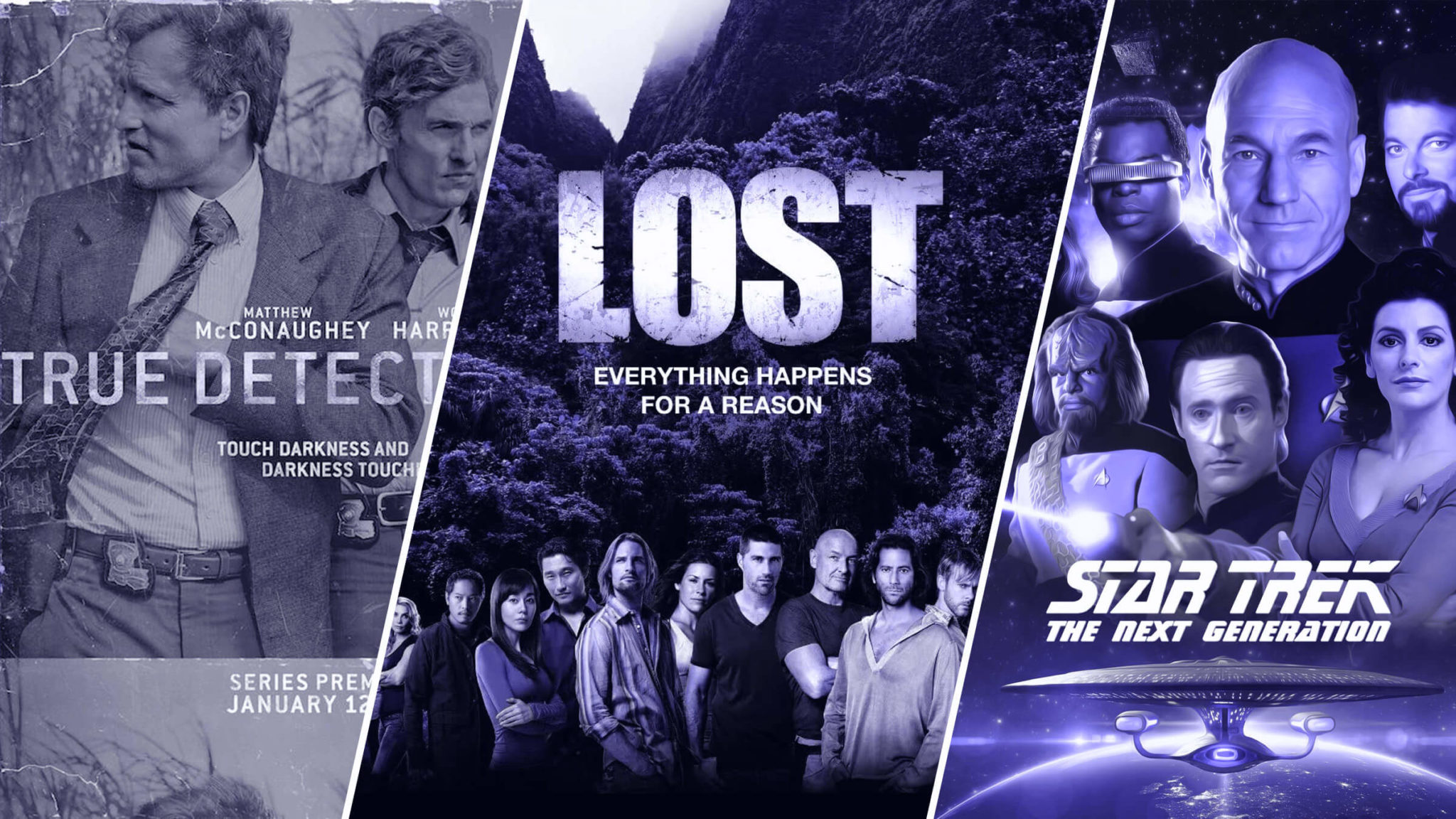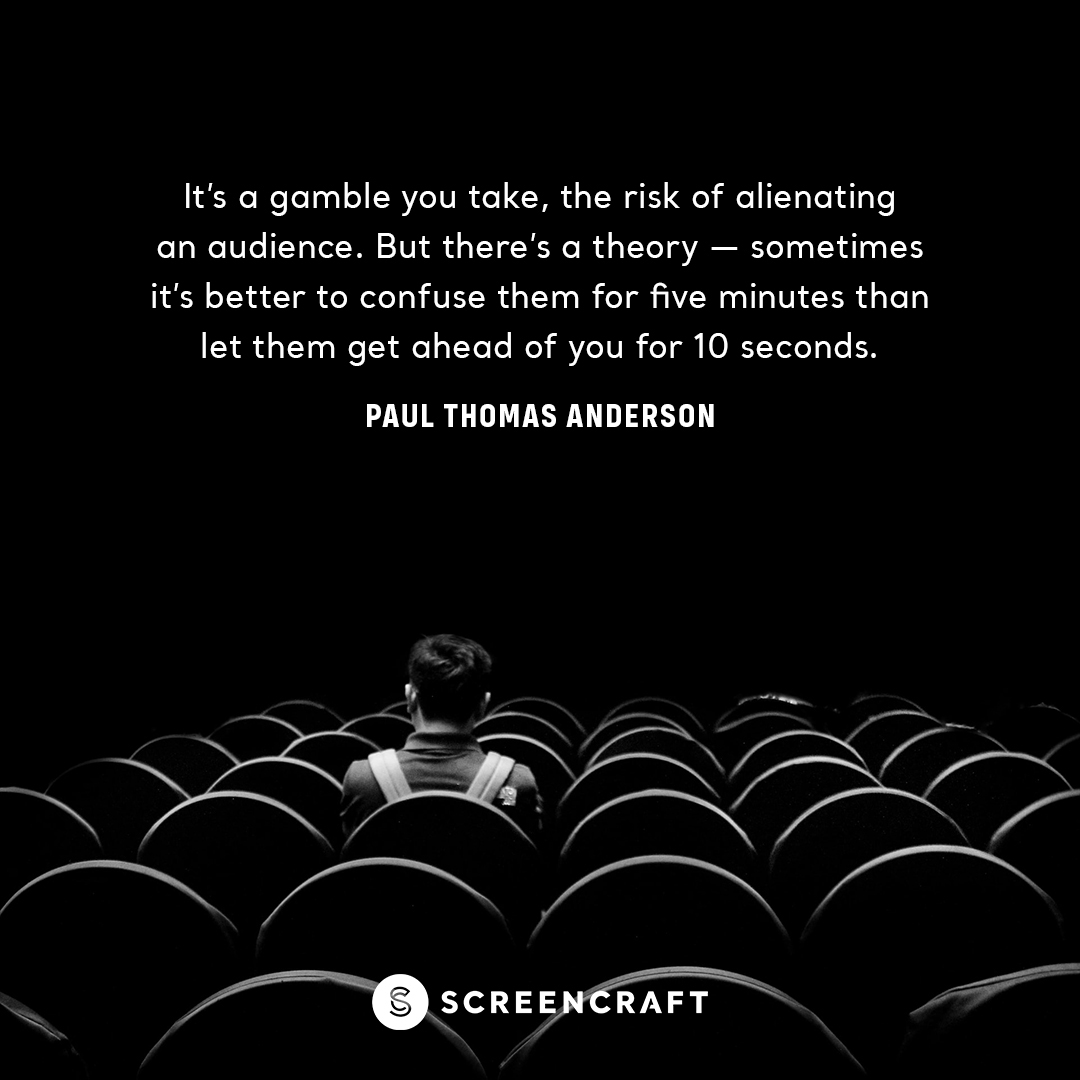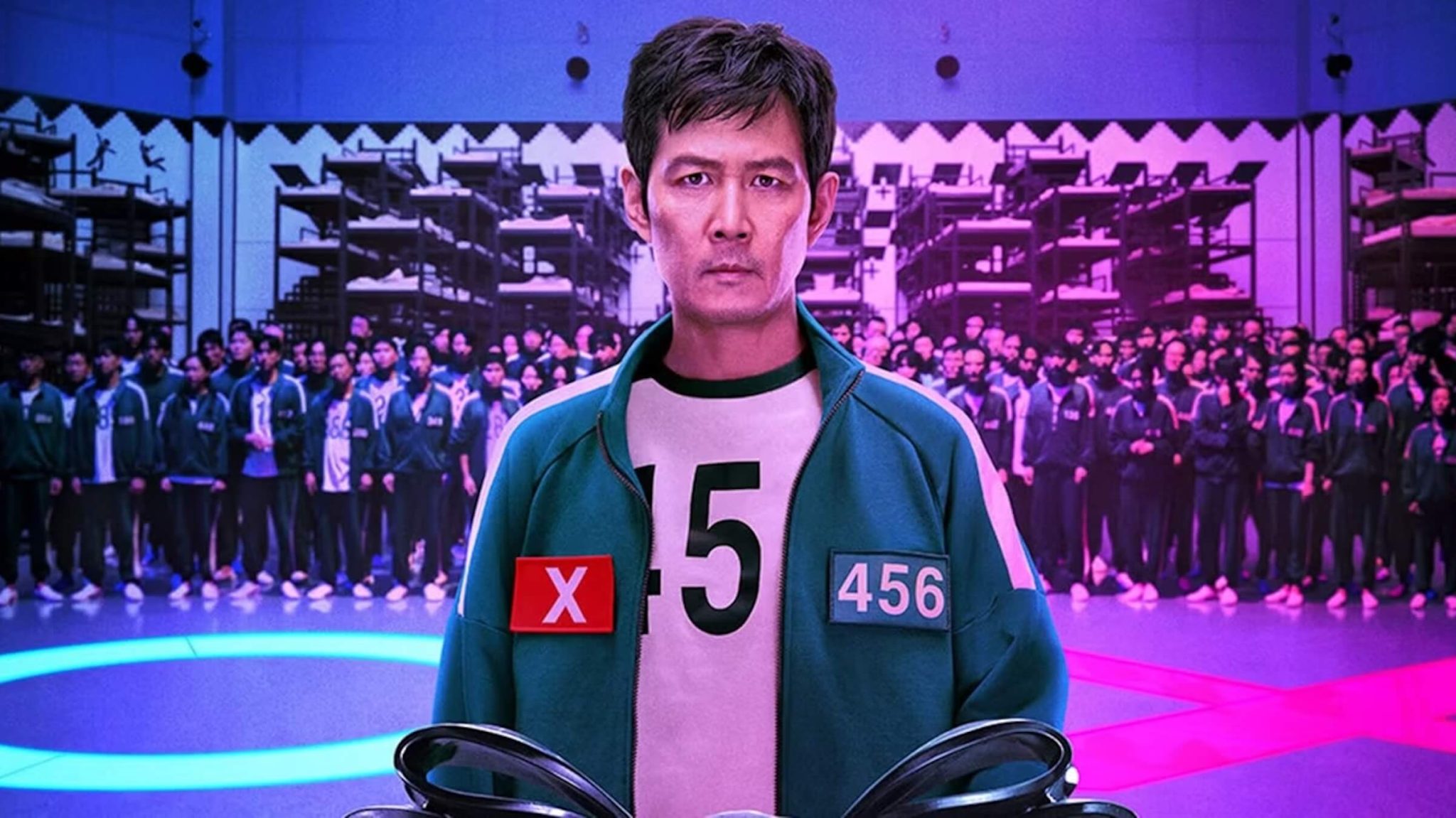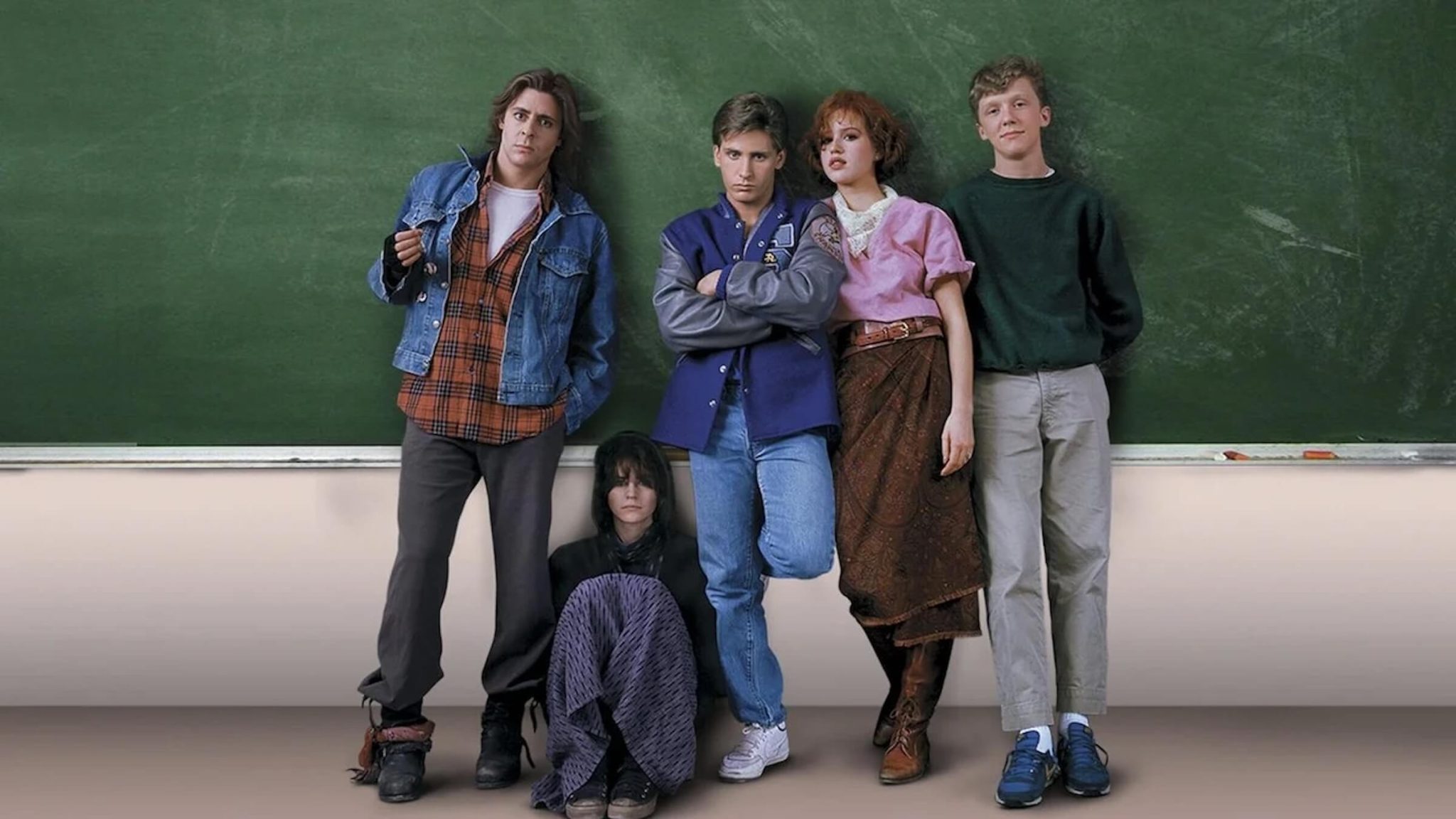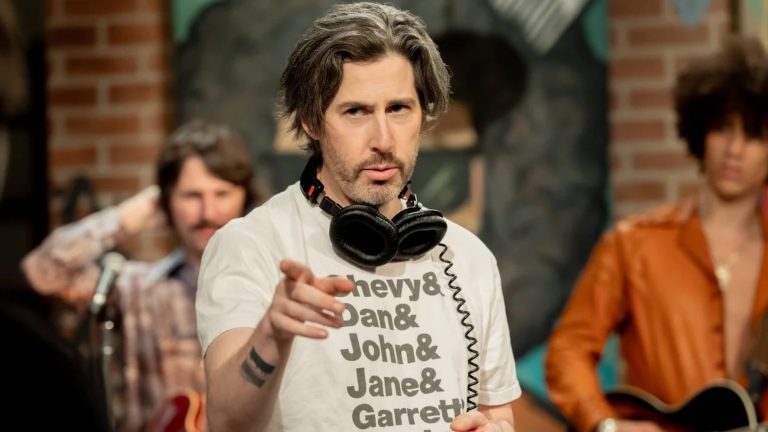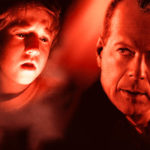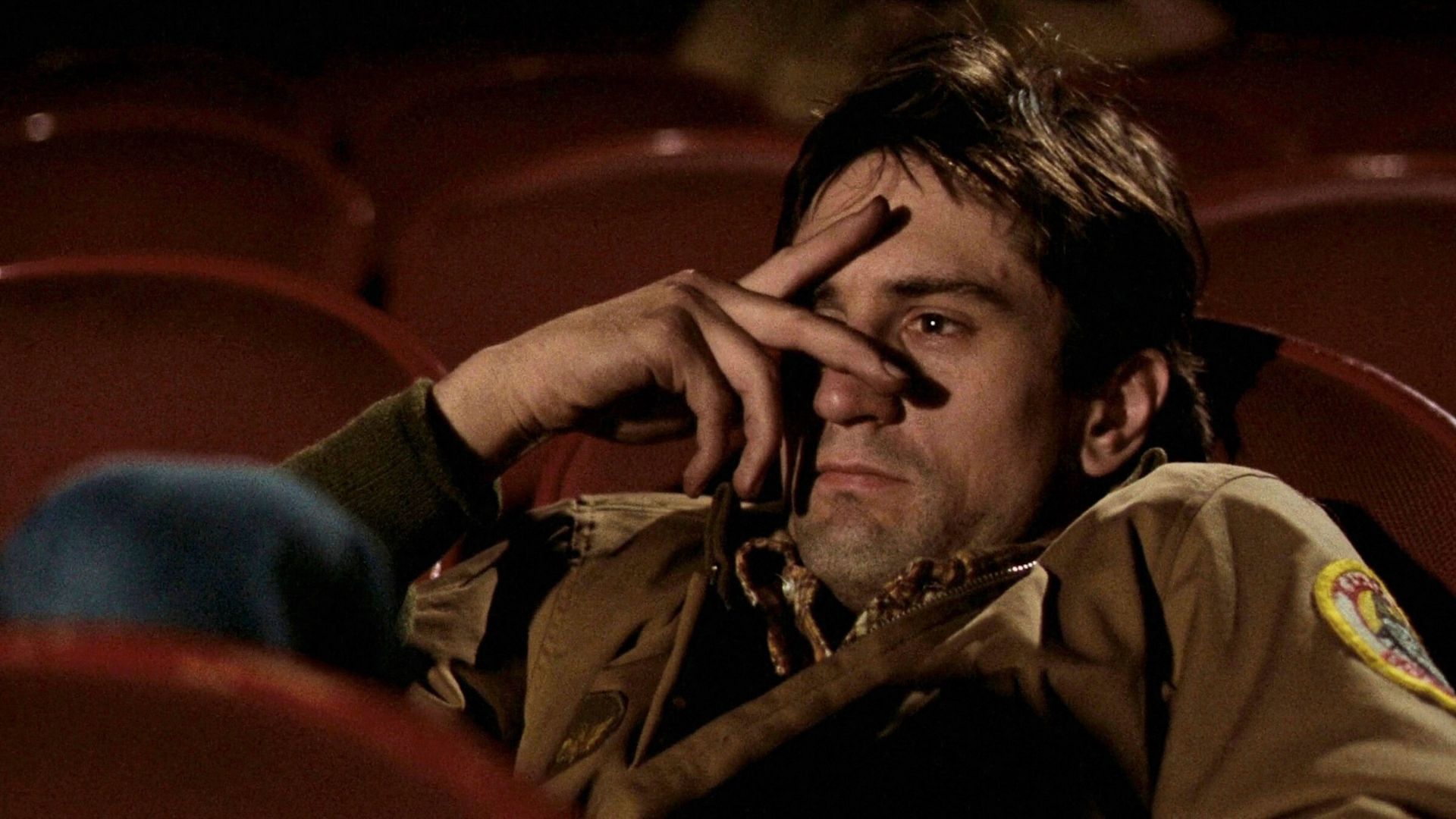
For decades, screenwriters have been bombarded by rules, regulations, do's, and don'ts. You go to writing conferences, classes, and seminars constantly being told figurative notions of when to sit, stand, and walk while writing and marketing your screenplays.
"Don't write fantasy scripts."
"Don't write westerns."
"Don't write talking head dramas."
"Don't write detailed scene descriptions."
"Don't write camera directions."
"Don't use voice-over."
"Every script's protagonist needs to follow The Hero's Journey."
"You have to have the first image on page 1."
"You have to have the theme stated by page 5."
"You have to have the Inciting Incident or Catalyst by page 12."
"You can't have a slow burn of an opening act."
"You have to make the audience feel something for the protagonist."
"The villain must always have the antithesis of the goal the hero is striving for."
Make no mistake, all screenwriters need to be well-versed in the general guidelines and expectations of the industry. It's vital to have those screenplays that adhere to what Hollywood often expects.
But what pundits, gurus, and industry insiders aren't telling you is that sometimes you need to buck the system to stand out. Sometimes you need to go against everything you've been taught and trust your instincts to write that screenplay that stands out amongst the rest that have followed most screenwriting tenants to a tee.
Case in point — Bubbles — the 2015 top Black List script written by Isaac Adamson and now set to be co-directed by none other than Taika Waititi, the director behind the 2017 Marvel hit Thor: Ragnorak.
According to his interview with Final Draft, Adamson first thought of Bubbles, a biopic of Michael Jackson by way of his beloved chimpanzee, after running across two items: a news story about Bubbles living in a Florida ape sanctuary after Jackson’s death, and Me Cheetah: My Life in Hollywood, a 2009 pseudo-memoir about the chimp who played Tarzan’s simian pal. The idea of seeing Jackson through the eyes of Bubbles intrigued Adamson, but the story didn’t fully gel until he saw 2014’s Dawn of the Planet of the Apes portray the conflict and hierarchy within the primate social structure.
"A lightbulb just went off: What if Bubbles spoke with a pseudo-Shakespearean voice and believed himself to be the heir of The King of Pop?" Adamson said.
Does that sound like it falls under the endless directives that you've been told to follow?
To further the against the grain attitude of the script, Adamson stated that "[Bubbles] is similar in ways to Amadeus in that the story isn’t really about Mozart; it’s about Salieri. Yes, it does function as a Michael Jackson biopic, but he’s not really the protagonist."
Okay, so this is a spec script about Michael Jackson told through the eyes of his pet chimp Bubbles? But it's not really about Michael Jackson? Sounds like a tough sell, doesn't it?
Regardless, Bubbles topped 2015’s Black List. Soon afterward, Adamson was hired to adapt Alcon Entertainment’s psychological thriller The Ice Twins, based on S.K. Tremayne’s book about a family turned upside-down after an accident kills one of their twin daughters.
He's since been hired to write additional screenplays for major studios. Back in 2015, when The Black List announced Bubbles as the top pick of the year, none other than the major film star Channing Tatum took the time to announce the script's achievement.
Before Bubbles, Adamson was a somewhat successful novelist before he attempted screenwriting. He was the American author of a series of mystery novels set in Japan, featuring journalist and amateur detective Billy Chaka. All four of his Billy Chaka novels were published by HarperCollins but are currently out of print. His novel Complication was later published by Counterpoint Press.
Adamson's first Billy Chaka novel, Tokyo Suckerpunch, was to be made into a film by Sony Pictures Entertainment, starring Tobey Maguire in the role of Billy Chaka. That film never came to be.
Despite some of his literary success, Adamson was still a screenwriting newbie.
"I never took any classes or anything like that. Even in college I had never been in any writers' groups or that sort of thing. It really was just reading scripts and watching movies," Adamson told The Black List. "Yeah, I think that’s where you learn it. Particularly, reading scripts because it is a much different way of writing than when you’re doing novels. You just have to be so much more succinct and so much more disciplined and really make solid choices about what’s the one thing you want the reader to get out of this scene or this character description? Whatever it may be. You can write an 800‑page novel, whereas with screenplays it’s pretty much 90 to 120 pages. It really forces you to be a lot more economical."
The script of Bubbles itself features constant narration — and as most of you will agree, this usage of voice-over is all-too-often thought to be poor writing. But it worked. And it worked through the perspective of a character that wasn't even human.
How to Buck the System
Bubbles is just one example of how screenwriters and directors have ventured against the industry current and stood out. The industry is saturated with screenplays that are likely solid samples of the current trends of screenplays that have been produced — and those that are in production are a direct result of the emulation of those that have recently been produced.
Herein lies the problem for screenwriters. You are being told that you should be emulating the success of what has come before, but you're trapped because this knowledge and belief system is spread out along the long thread of industry insiders — producers, studio executives, managers, and agents. And they are all looking for something original.
It's a Catch 22 spiral for screenwriters that are trying to break into the industry.
So how do you beat the system?
You take one look into the mirror as you drown out the noise bombarding you from every direction with people telling you that you need to write this and that — and you instead follow whatever your heart, mind, soul and instincts are telling you to write.
You have to ask yourself the question, "What hasn't been done that I'd love to see?"
Is it a story where the hero doesn't prevail as one would have thought? Is it a character that challenges the lines between empathy and apathy? Is it a character arc that goes against every directive of The Hero's Journey?
The problem with the industry today is that they don't know what they want. The job of today's screenwriter trying to break into the industry is not to give the best version of what has come before, but to give the industry insiders what they didn't know they needed.
Read ScreenCraft's How Screenwriters Can Fix the Broken Hollywood System for more on that!
Bubbles offered that. It was a screenplay that shook the system. It gave those that read it the kind of differential experience that stood out from all of the rest. It didn't follow a particular paradigm. It didn't adhere to the do's and don'ts of what industry insiders tell us in writing conferences, seminars, and books. It didn't focus on conventional story arcs, character arcs, and structure. It instead proved that in order to truly stand out from the tens of thousands trying to attempt to do what you are doing, you must tell cinematic stories in unconventional ways.
In order to accomplish that, you must look at the tropes, the clichés, and the "rules" that you've been bombarded by in your screenwriting journey.
Write a fantasy script. Write a western. Write a talking head drama. Write detailed scene descriptions — within reason and as long as you are trying to communicate a necessary and specific visual experience. Write camera directions — but only those that are specific to convey an emotion, an important plot point, or a pivotal reveal.
Write a protagonist that doesn't follow The Hero's Journey. Be less than specific to the themes you do or don't present. Showcase the Inciting Incident or Catalyst by page 30 instead of 12.
Read ScreenCraft's How Rocky Debunks the Screenwriting Guru Book Save the Cat by having the catalyst appear on page 55!
Have a slow burn of an opening act — as long as you are building to something momentous and as long as that slow burn is engaging enough to keep readers invested. Make the audience feel nothing for the protagonist while instead focusing on those around them. Have the villain's goal be random and chaotic, as opposed to the direct antithesis of the goal the hero is striving for.
Tell unconventional stories. Give us a twist of what we expect from concepts, stories, and characters. Whatever it is that you can do to stand out, do it. As long as it serves the story and the characters — and as long as it's not just a mere gimmick.
That is how you can buck the system and show them what they've all been truly striving to find — something different.
It's wonderful to test the system. You poke and prod and see where risks do or don't take you. It is a business and you always want to have scripts that adhere to the general guidelines and expectations. But always strive to write that dark horse script that goes against most notions of what you have been taught.
Write a couple for them and then write one for yourself. And make it new, original, and just different.
Ken Miyamoto has worked in the film industry for nearly two decades, most notably as a studio liaison for Sony Studios and then as a script reader and story analyst for Sony Pictures.
He has many studio meetings under his belt as a produced screenwriter, meeting with the likes of Sony, Dreamworks, Universal, Disney, Warner Brothers, as well as many production and management companies. He has had a previous development deal with Lionsgate, as well as multiple writing assignments, including the produced miniseries Blackout, starring Anne Heche, Sean Patrick Flanery, Billy Zane, James Brolin, Haylie Duff, Brian Bloom, Eric La Salle, and Bruce Boxleitner. Follow Ken on Twitter @KenMovies
For all the latest ScreenCraft news and updates, follow us on Twitter and Facebook!
Tags
Get Our Screenwriting Newsletter!
Get weekly writing inspiration delivered to your inbox - including industry news, popular articles, and more!

